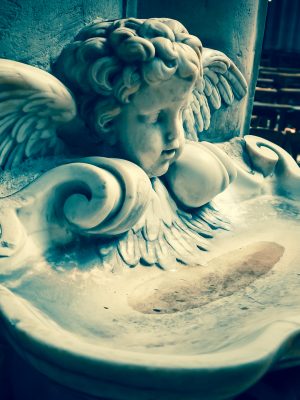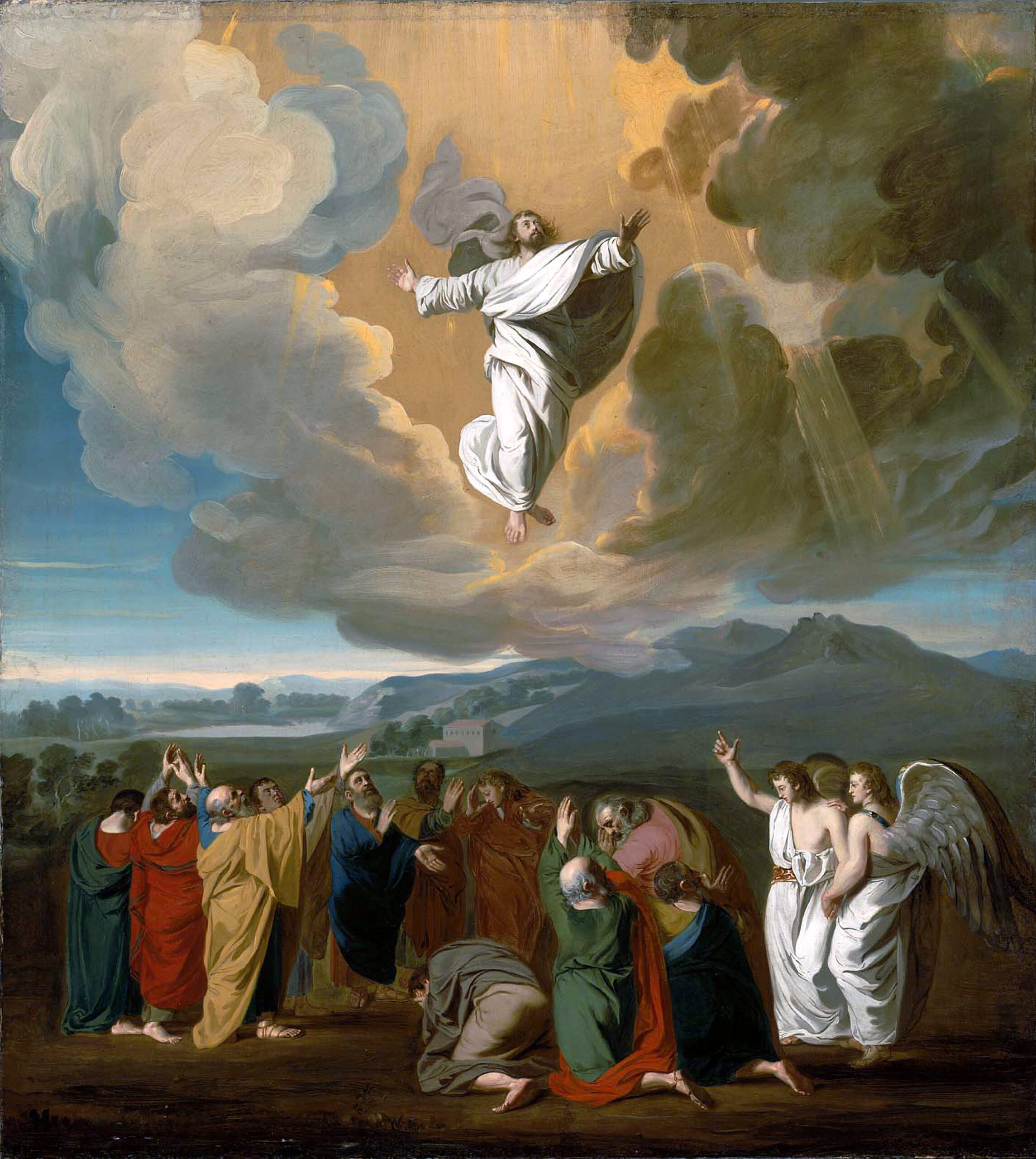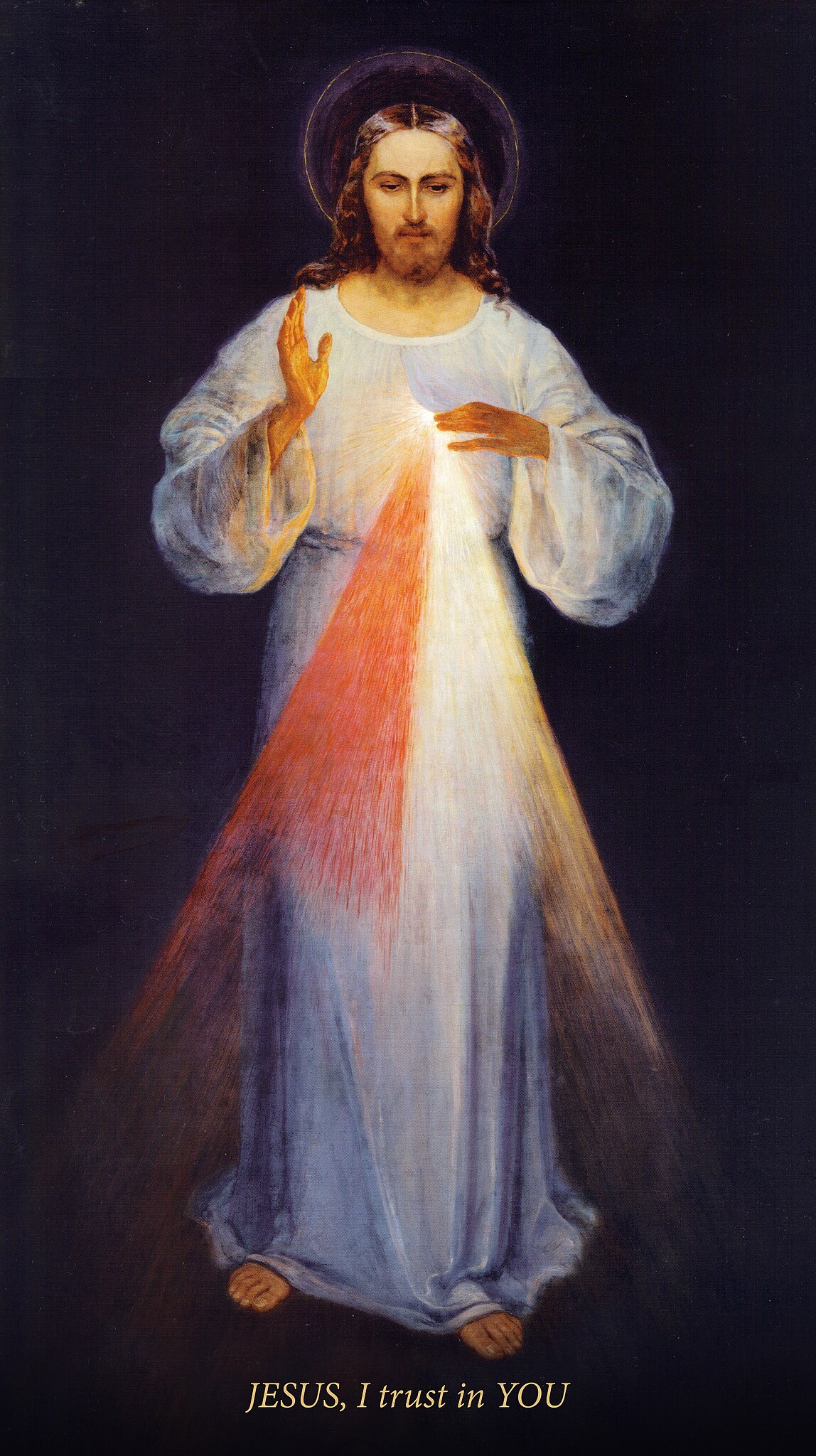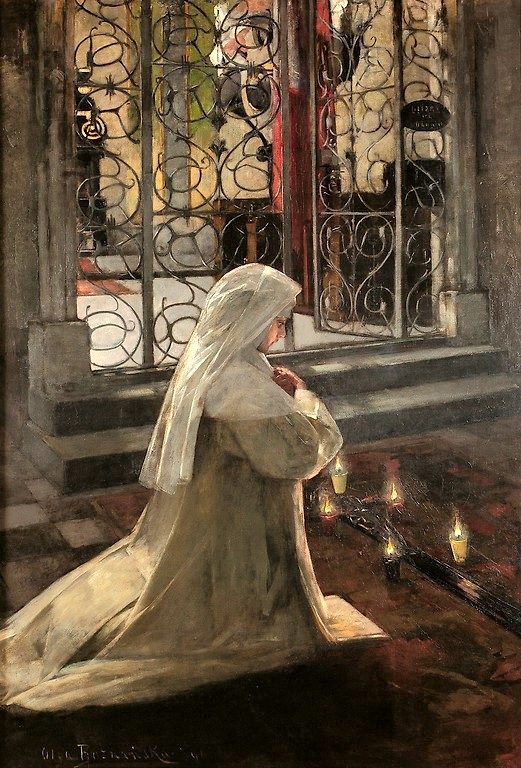Many Catholics have never had a sufficiently full explanation of the signification of various principal devotions, pious practices, and sacred objects such as holy water.
The Church in her wisdom has given the faithful holy water as circumstances may demand and the spiritual welfare of her children render expedient.
The more Catholics understand their religion and the spiritual realities surrounding their faith, the more intelligently and fruitfully they can practice the Faith with sincere devotion.
Holy water is a most ready and natural element, a sacramental that is blessed by a priest with solemn prayers, imploring God’s blessings on those who use it, and protection from the powers of darkness.
From the time holy water is first poured on our brow at Baptism, we encounter it often as it accompanies us through life to the last rites over our earthly remains. Even the ground to which we are laid at our final commendation is blessed with its hallowed drops.
History of Holy Water
The custom of holy water goes back to early Christian times. The proof of its efficacy is well known, in conferring blessings and repelling the attacks of the enemy.
The Apostolic Constitutions, a source of early Christian literature, testifies to this, containing a formula for the blessing of holy water, that it may have power “to give health, drive away diseases, put the demons to flight,” etc.
Holy water also dates back to the Old Testament, a tradition enjoined among the Hebrews of the Old Law. The Jews under the Law of Moses with its ritual prescriptions sprinkled water on the people, sacrifices, and sacred vessels in liturgical rites.
Psalm 50:9 reads: “Thou shalt sprinkle me with hyssop, and I shall be cleansed: thou shalt wash me, and I shall be made whiter than snow.”
Students of Latin and Greek classics will recall that in Greece and Rome there were lustrations and other ritual exercises in temples that the pagans made us of, such as ablutions with water.
The present rite of blessing holy water with a prayer and admixture of salt is credited to Pope St. Alexander I, who governed the Church from 109-119. It is important to note that the words which he uses in his decree suggest the rite is more ancient than the time of his pontificate.
Some even attribute the introduction of holy water to the apostle Matthew, whose action was approved by the other apostles, and soon became general (cf. Institutiones Liturgicae, p. 353). Whether we are disposed to accept this evidence as conclusive or not, it is certain from other proofs that, “the use of holy water dates from apostolic times, as St. Basil, among others, maintains” (The Sacramentals of the Holy Catholic Church, p. 110).
Today holy water is used in nearly all the blessings of the Church’s ritual, such as during the Asperges (or Vidi Aquam), an optional sprinkling of holy water before High Mass.
The practice of this cherished liturgical rite with familiar Latin chant goes back to the ninth century, commonly attributed to Pope Leo IV who governed the Church from 847-855; although there are very learned authorities who trace the origins to long before.
This much-loved rite intends to renew among the faithful every Sunday the memory of their Baptism while driving away evil spirits and distractions during Mass.
Holy water is further seen in various ceremonies and sacraments such as Matrimony and Extreme Unction, the giving of Holy Communion to the sick, and in services for the dead.
Symbolism of Holy Water and Indulgences
Holy water is rich with symbolism and spiritual power. It combats evil spirits and limits the power of the devil through divine grace, the inviting of God’s protection.
The natural element of water since the dawn of man has been used for cleansing and quenching fire, used to denote interior purification. Meanwhile, salt is used to preserve from decay.
The Catholic Church is eminently practical is the administration of the sacraments and sacramentals.
Similarly, the custom of salt mingled with holy water goes back at least to the second century where Pope Alexander I decreed: “We bless, for the use of the people, water mingled with salt.”
The Church combines both in the sacramental of holy water, salt similarly blessed and mixed with water at the time the water is blessed, a tradition explained thus:
“Therefore the Church combines them in this sacramental, to express the washing away of the stains of sin, the quenching of the fire of our passions, and the preservation of our sols from relapses into sin. Salt is also a symbol of wisdom. Our Blessed Lord called His Apostles, ‘salt of the earth,’ because they were to instruct mankind” (The Visible Church, 128).
Not to mention, there is a partial indulgence for the use of holy water, which explains why Catholics cross themselves with reverence as they enter or exit a church.
This indulgence was renewed by Blessed Pope Pius IX in 1876 in a brief (cf. The Raccolta, p. 5) encouraging Catholics to sign themselves with holy water under these conditions:
- The sign of the cross must be made with holy water.
- We must say, “In the name of the Father and of the Son and of the Holy Spirit.”
- We must have contrition for our sins.
- For this, as for any indulgence, we must be in the state of grace.
This brings to mind the early Jewish custom of requiring purifications before entering the temple to offer or assist at the sacrifices. Water is freely offered and freely received by the guest who arrives at church.
Types of Holy Water
What many faithful may not know is that there are different kinds of holy water. In the tradition of the Roman Church, there are four, or in another sense, five kinds of holy water (including Epiphany water, known for its blessing on January 6th,, especially in the Eastern Churches). Each has been historically blessed in a different manner.
- Ordinary Holy Water: This water is blessed by the priest for the use of the faithful at any time and in any suitable place. It is available at the doors of the church in the holy water fonts and it is used for the rite of sprinkling holy water before Mass. The faithful are also encouraged to take some home, generally from a dispenser. Priests use this holy water to bless persons, sacred objects, and homes. In the traditional ritual, it is blessed with certain exorcisms and is combined with salt.
- Baptismal Water: this is blessed on Holy Saturday during the Easter Vigil Mass, and has historically also been blessed on the Eve of Pentecost. The Oil of Catechumens is mingled with it together with Holy Chrism. This holy water is used only for the administration of Baptism.
- Easter Water: this holy water is distributed to the faithful on Holy Saturday, blessed at the Easter Vigil. Part of this water is used to fill the holy water stoups at the entrances and exists of the church at the end of the Vigil Mass in celebration of Easter. It is also used for the baptismal font.
- Water of Consecration (or Gregorian Water), is very rare, taking its name from Pope Gregory IX who ordered its use obligatory. This holy water is used in the consecration of churches and is mingled with wine, salt, and ashes. It is also used in reconciling churches that have been desecrated.
Spiritual Efficacy of Holy Water
In the Extraordinary Form of the Roman Rite the blessing of holy water contains not only prayers and the mingling of blessed salt, but also of exorcisms of the salt and water.
The truth is, by the fall of our first parents, the spirit of evil has obtained an influence not only over man but also matter, inanimate nature. Hence the devil is called more than once, “the prince of this world” (John 12:31).
For this reason, when any material object is to be devoted to the service of God, an exorcism is generally first pronounced over it, to banish the evil spirit and destroy his influence; after which one or more prayers are read over it to call down the blessing of God upon it, and upon those who use it in a spirit of faith.
The formula of blessing for ordinary holy water in the Ritual implores the following effects of holy water. First, to drive away the devils. Second, to cure diseases. Third, to free houses and their contents from all evil, particularly from a plague-infected atmosphere.
After these prayers, the priest puts a little salt into the water three times, in the form of a cross, saying: “May this commingling of salt and water be made, in the name of the Father, and of the Son, of the Holy Spirit.”
We see that from this prayer the Church is asking God to attach a triple efficacy to the blessed salt: (1) that it may be a means of salvation to the soul (2) that it may be a preservative against corporal dangers (3) that it may sanctify everything with which it comes into contact.
A theological nuance that is worth mentioning – holy water does not produce these effects of itself as does a sacrament. But it obtains actual graces for the pious user.
Finally, the Church in her wisdom has seen fit to offer holy water to the Christian faithful for take home use. The laity will hopefully understand the history and reasoning behind this.
The Church has received from her divine Founder, Jesus Christ, the plentitude of power for the institution of such rites and sacramentals as may seem best to her.
This is done under the inspiration of the Holy Spirit for the carrying out of the Church’s exalted mission, which has its goal the salvation of souls. Hopefully this short article will help readers appreciate some of the history and reasoning behind this immemorial Christian custom.








